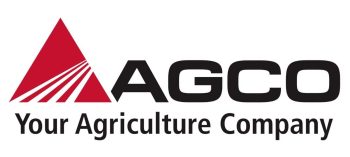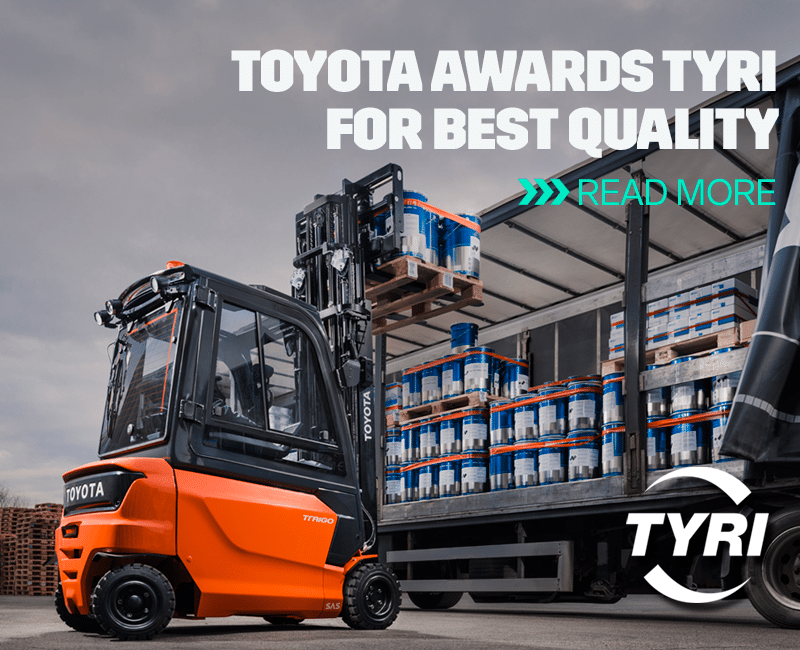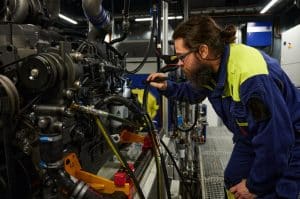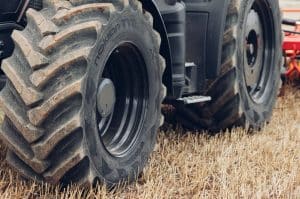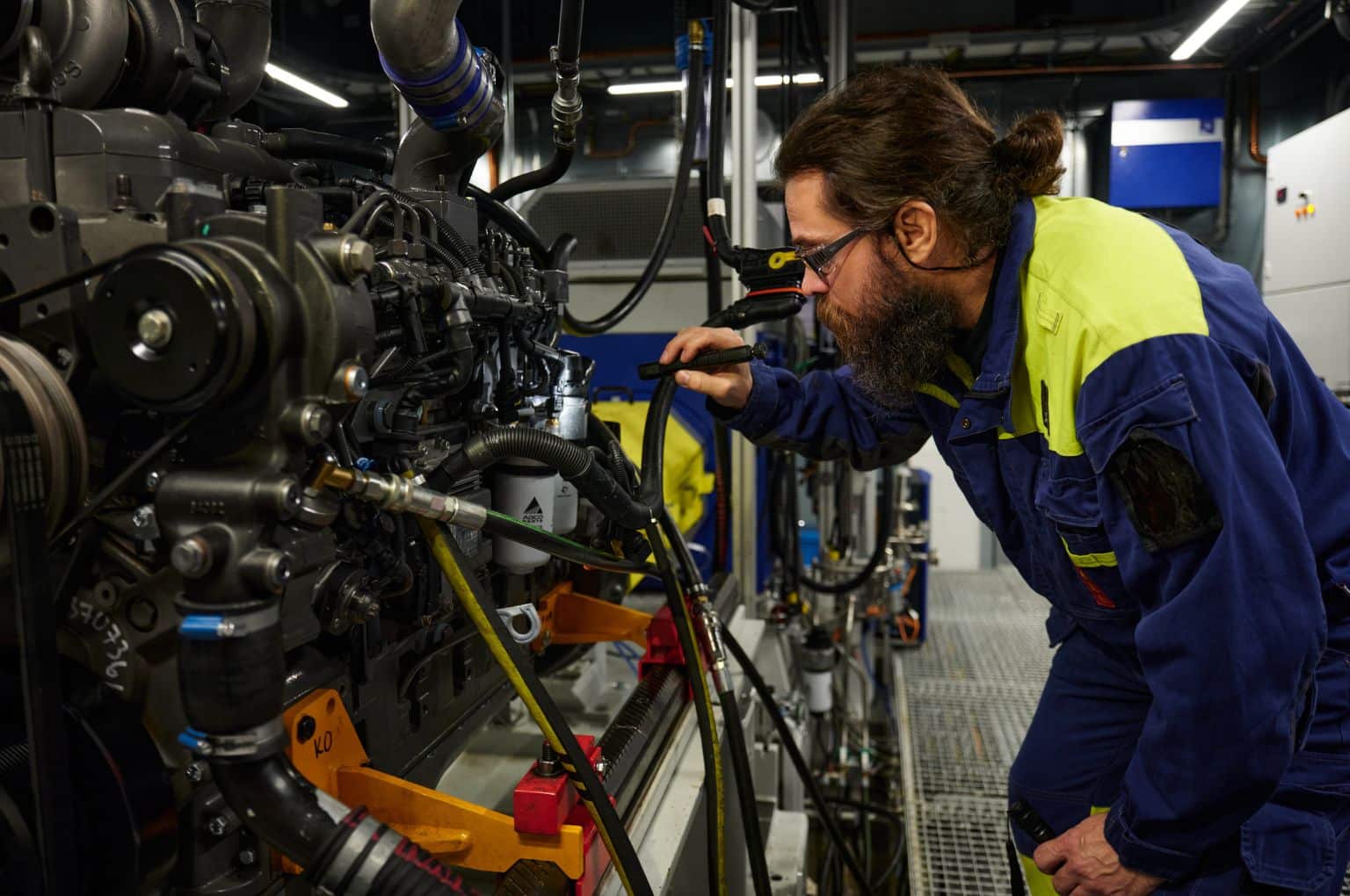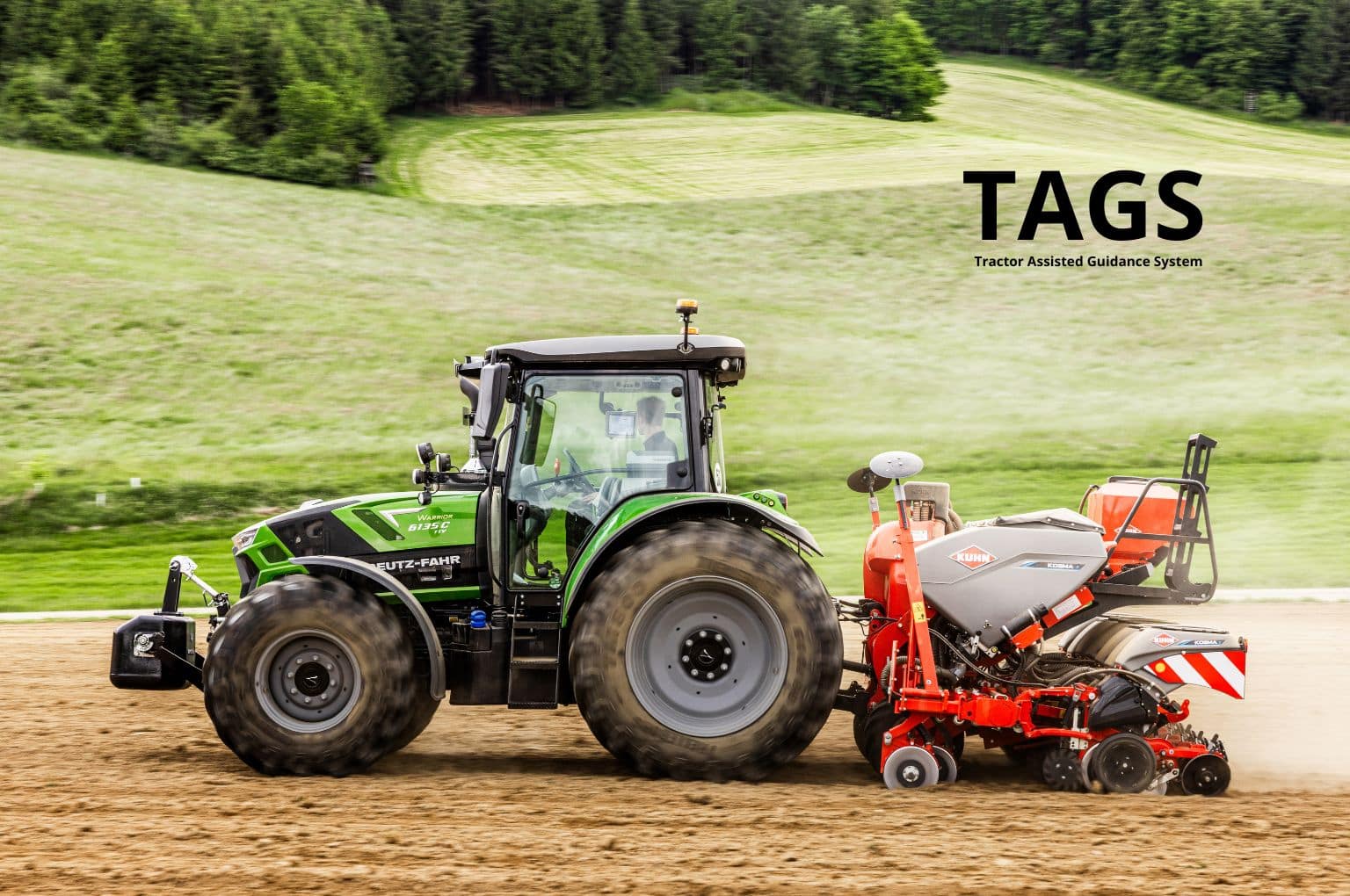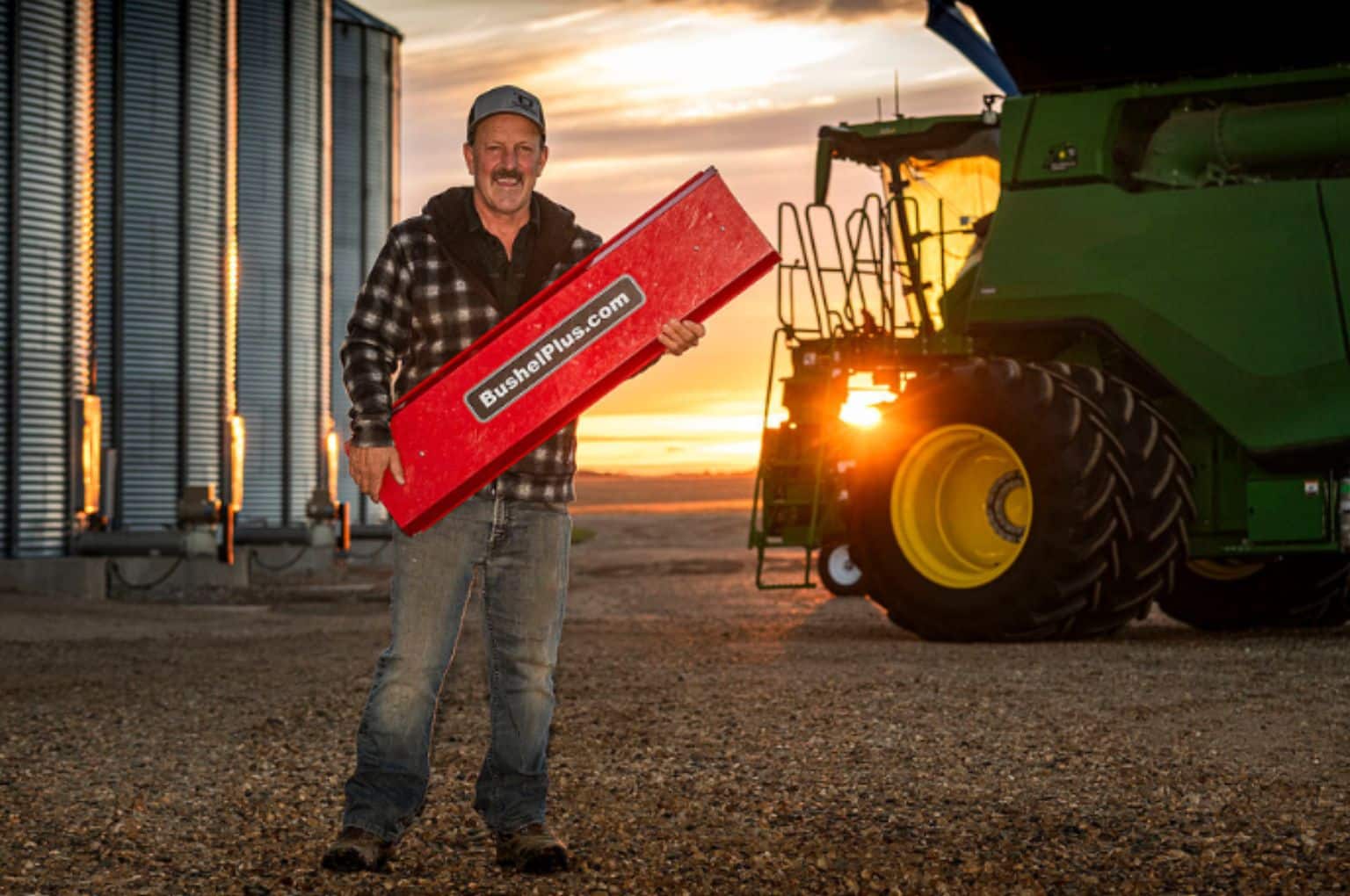AGCO reported net sales of $2.6 billion for the second quarter ended June 30, 2025, a decrease of 18.8% compared to the second quarter of 2024. The second quarter of 2024 included other revenue of $290.5 million which represents revenue from the Company’s divestiture of the majority of its Grain & Protein business.
“AGCO achieved solid second-quarter results with deliberate execution in the areas we can control despite a challenging global agricultural environment marked by weak farm economics and delayed purchasing decisions in several parts of the world,” said Eric Hansotia, Chairman, President and CEO.
“Our strong earnings and cash flow generation illustrate meaningful progress in reducing dealer and company inventories through aggressive production cuts. Operating margins benefited from disciplined cost control and continued implementation of our restructuring initiatives. Demand for our premium brands remains resilient, supported by growing interest in precision agriculture and sustainable technologies.”
Hansotia continued, “The global trade landscape has become increasingly complex, with uncertainty surrounding trade negotiations impacting farmer confidence and investment decisions, particularly in North America and Europe. AGCO is closely monitoring these developments and remains focused on operational agility, supply chain resilience and executing our Farmer-First strategy.”
Net sales for the first six months of 2025 were approximately $4.7 billion which is a decrease of 24.1% compared to the same period in 2024. The first six months of 2024 included other revenue of $490.6 million which represents revenue from the Company’s divestiture of the majority of its Grain & Protein business.
Excluding favorable foreign currency translation of 0.7%, net sales in the first six months of 2025 decreased 24.8% compared to the same period in 2024.
Second quarter highlights
Hansotia concluded, “Challenging farm economics in the first half of 2025 have dampened demand for agricultural equipment across Europe and the U.S., with declining commodity prices and rising input costs specifically impacting U.S. farmer sentiment. Instead, there is growing interest in precision agriculture tools that offer efficiency gains without significant capital investment. In Brazil, erratic weather and lower prices have made farmers more cautious, with many choosing to maintain existing equipment rather than invest in new high-horsepower machinery. In Europe, environmental regulations and weather related disruptions are driving demand for sustainable and adaptive technologies. While traditional equipment sales remain
under pressure, we are seeing a clear shift toward smarter, more efficient solutions as farmers work to protect margins and navigate ongoing volatility.”
North American industry retail tractor sales declined 13% in the first half of 2025 compared to the same period in 2024 with the steepest drops occurring in higher horsepower categories — particularly in recent months. Combine unit sales fell 33% year-over-year during the same period. Ongoing uncertainty around grain export demand and elevated input costs are expected to continue weighing on industry demand throughout 2025, especially for larger equipment.
Brazil industry retail tractor sales rose 6% in the first half of 2025 compared to the same period in 2024, driven primarily by demand for smaller tractors. Despite record soybean harvests and potential trade benefits, demand for larger equipment has yet to show meaningful improvement. If trade conditions continue to strengthen farm economics, demand could pick up later in the year. For now, industry growth in Brazil is expected to remain modest.
Western Europe industry retail tractor sales declined 12% during the first six months of 2025 compared to the same period in 2024 with double digit percentage decreases across most markets except Spain and Italy, which both saw modest growth.
Demand is expected to remain soft throughout the year, as lower income levels weigh on arable farmers. However, steady demand from dairy and livestock producers is expected to partially offset the overall decline.
Regional results
North America
North American net sales decreased 32.2% during the second quarter of 2025 compared to the second quarter of 2024, excluding the impact of unfavorable currency translation. Softer industry sales and under-production of end-market demand contributed to lower sales. The most significant sales declines occurred in high-horsepower tractors, sprayers and hay equipment. Income from operations for the second quarter of 2025 decreased $58.3 million compared to the same period in 2024 and operating margins were (5.3)%. The decrease was primarily a result of lower sales and production volumes.
South America
Net sales in the South American region decreased 4.7% during the second quarter of 2025 compared to the second quarter of 2024, excluding the impact of favorable currency translation. Dealer inventory de-stocking drove most of the decrease. Lower sales of mid-range tractors, planters and sprayers accounted for most of the decline. Income from operations for the second quarter of 2025 increased $17.4 million compared to the same period in 2024. This increase was primarily a result of improved product mix and improved factory efficiency, partially offset by negative pricing impacts.
Europe/Middle East
Europe/Middle East region net sales decreased 11.2% during the second quarter of 2025 compared to the second quarter of 2024, excluding the impact of favorable currency translation. Lower sales across most of the Western European markets were partially offset by growth in Eastern Europe and Scandinavia. Declines were largest in high-horsepower tractors and combines. Income from operations decreased $34.3 million in the second quarter of 2025 compared to the same period in 2024. This decrease was primarily a result of lower sales and production volumes as well as higher warranty costs.
Asia/Pacific/Africa
Net sales in the Asia/Pacific/Africa region decreased 5.9%, excluding favorable currency translation impacts, during the second quarter of 2025 compared to the second quarter of 2024 due to weaker end market demand and lower production volumes. Lower sales in Australia, China and Japan drove most of the decline. Income from operations decreased $1.0 million in the second quarter of 2025 compared to the same period in 2024 primarily due to lower sales and production volumes.



